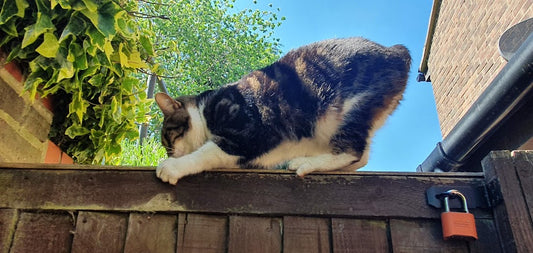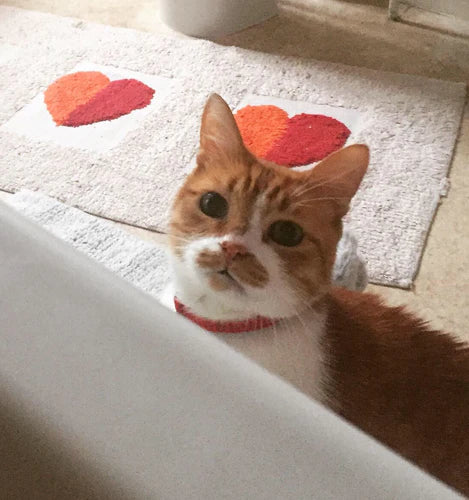Walking your dog is more than a habit - it’s often part of your routine, like brushing your teeth or the daily commute (for some lucky dog owners the daily commute is also their dog walk!).
But while we all enjoy a summer stroll in the park or on the beach, the dark chilly mornings of January can turn this essential activity into an unwanted chore - something we eagerly tick off our to-do list or even delegate. If you can push past that initial reluctance, there are significant rewards for both dog and owner.
It goes without saying that dogs, like humans, are built for movement. Physical activity is vital to keep our muscles strong and joints supple, as well as to balance our metabolisms (maintain a healthy weight) and ensure restful sleep at night.

Far more than just a physical requirement though, your dog is learning and gathering information on every step of their daily expedition. We are all familiar with the excitement our dogs feel as their lead is clipped on and they step outside for the first time each day.
This enjoyment in going out to meet the world comes from the same chemical that makes dogs susceptible to training: dopamine. It’s their sensitivity to this neurotransmitter that motivates dogs to seek rewards, whether in the form of a tasty treat, a successful hunt or the discovery of a new trail (or probably even a new smell on the same old route!).
As well as this brain workout, dogs find vital emotional sustenance in their daily walk: all that rushing about and sniffing is a great way to let off steam. These physical, mental and emotional benefits are mirrored in their owners: dog owners report better mental and physical health, as well as better social and emotional well-being - and many of these benefits are likely to be a result of dog walking.
Most important perhaps, the consistency and shared experience of that daily walk is a great way to strengthen the bond with your dog (one that relies on another important neurotransmitter, oxytocin).

So humans and dogs are hardwired for walking together - it’s something we’ve been doing for thousands of years. Even though it might come naturally, today’s dog owners often have questions. Here are some pointers to cover the basics.
Dog-walking tips and tricks
|
Question? |
Answer |
|
How often should I walk my dog? |
Most dogs require daily (or even twice daily) walks. |
|
How long should my dog walk for? |
For very young or old dogs, short frequent walks might be best, but in general, you should aim for anywhere between 30 minutes to an hour – or even, if you’re up for it, two! |
|
Should I let my dog off the lead? |
Dogs should only be allowed off the lead in safe, enclosed and dog-friendly areas. It's best to train their recall first (you can start this indoors), and until they've mastered it, long-line leads come in very handy! |
|
What should I do if I can’t walk my dog? |
We all need a duvet day sometimes, and it’s OK to miss the odd walk – you can play indoors! If you're unable to walk for more than a day or two, why not ask someone else? There are lots of professional dog walkers or community initiatives that can help your dog get out and about, despite our busy lives! |
|
How do I make our walks interesting for my dog? |
Why not change up your walking route – check out to find new dog-friendly walks near you – or bring balls or toys for your dog to enjoy along the way! |
|
How do I make our walks interesting for me? |
Although we're sure your dog provides all the companionship and entertainment you could want, it's fun to invite a friend along too. Even better if they have a furry friend to join in too! |








